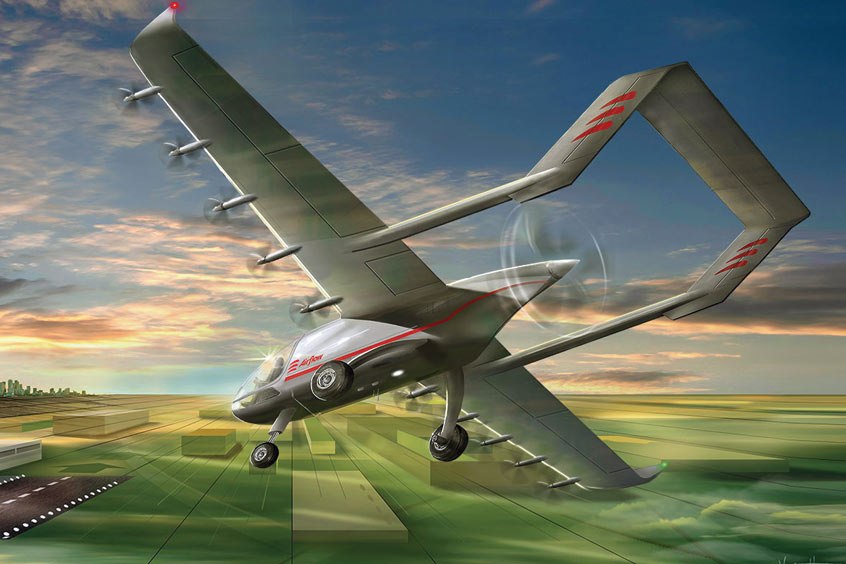Why visit ACE ’25?



Aerial logistics company Airflow is developing an electric short take-off and landing (eSTOL) aircraft designed for middle-mile trips. The company's logistics network says it can move short-haul cargo quickly and cost-effectively over traffic by utilising the unused airspace around cities.
Started by five former Airbus Vahana team members with a combined 60 years of aerospace experience, Airflow is looking to address the Urban Air Mobility (UAM) market for one-third the operating cost of electric vertical take-off and landing (eVTOL) aircraft. UAM is a transportation system using next-generation aircraft to move cargo and people in and out of urban areas by air.
The need for rapid middle-mile logistics capabilities (between 50 and 200 miles) is growing significantly, due to e-commerce growth. To address that need, Airflow’s service seeks to move cargo and time-sensitive medical supplies directly between warehouses without using traditional airports. Airflow’s eSTOL aircraft requires less than 150 feet to take off and land using a 300-foot runway, which is about the length of three helipads next to each other.
The eSTOL aircraft includes an electric propulsion system, single-pilot operations, and the ability to carry 500 lbs of cargo. This aircraft is a relatively simple fixed-wing aircraft, which dramatically reduces development and certification risks when compared with more complex aircraft. From a certification standpoint, eSTOL aircraft are conventional aircraft with new technology that is focused on enabling short-field capabilities. eSTOL aircraft can be certified under standard Part 23 regulations, whereas eVTOL aircraft must be certified using a more complicated and expensive process due to their more complex systems and potential failure modes.
“The demand for same-day e-commerce continues to rise, and we’re building a new low-cost aerial capability to enable that growth,” states co-founder and CEO Marc Ausman. “Our approach from the beginning is to focus on a simple aircraft design with well-defined technology. In doing so, the team believes development and certification costs will be approximately $200 million versus more than $700 million for an eVTOL aircraft, making for more efficient use of capital.”
The Airflow eSTOL aircraft is expected to go into production in 2025.